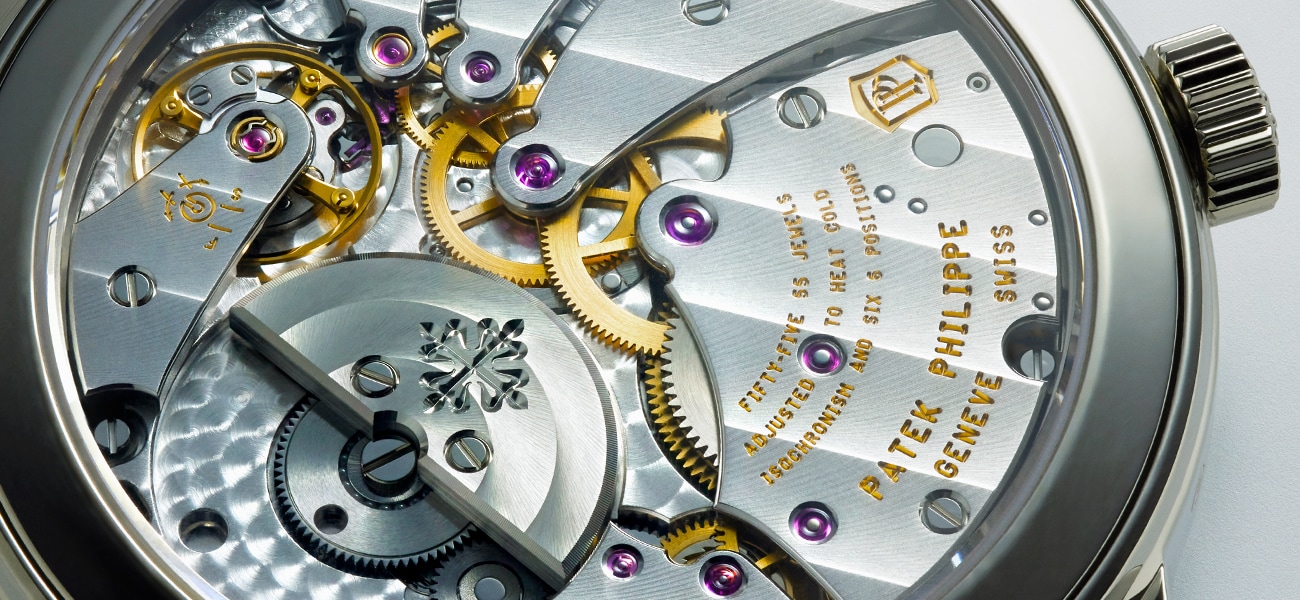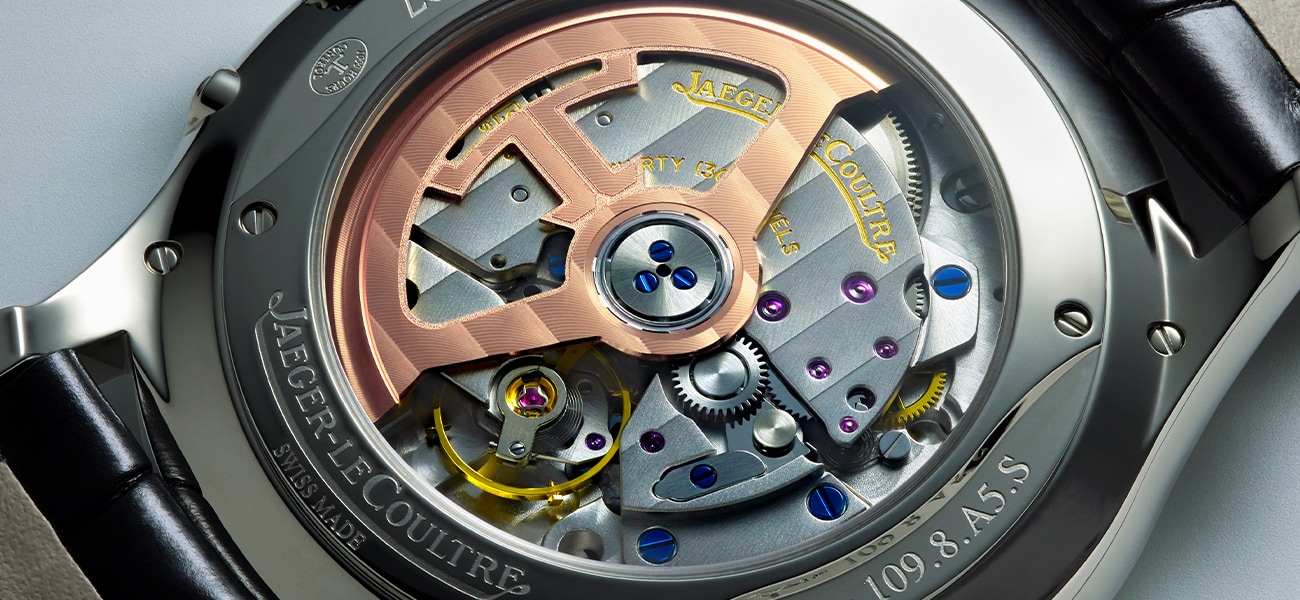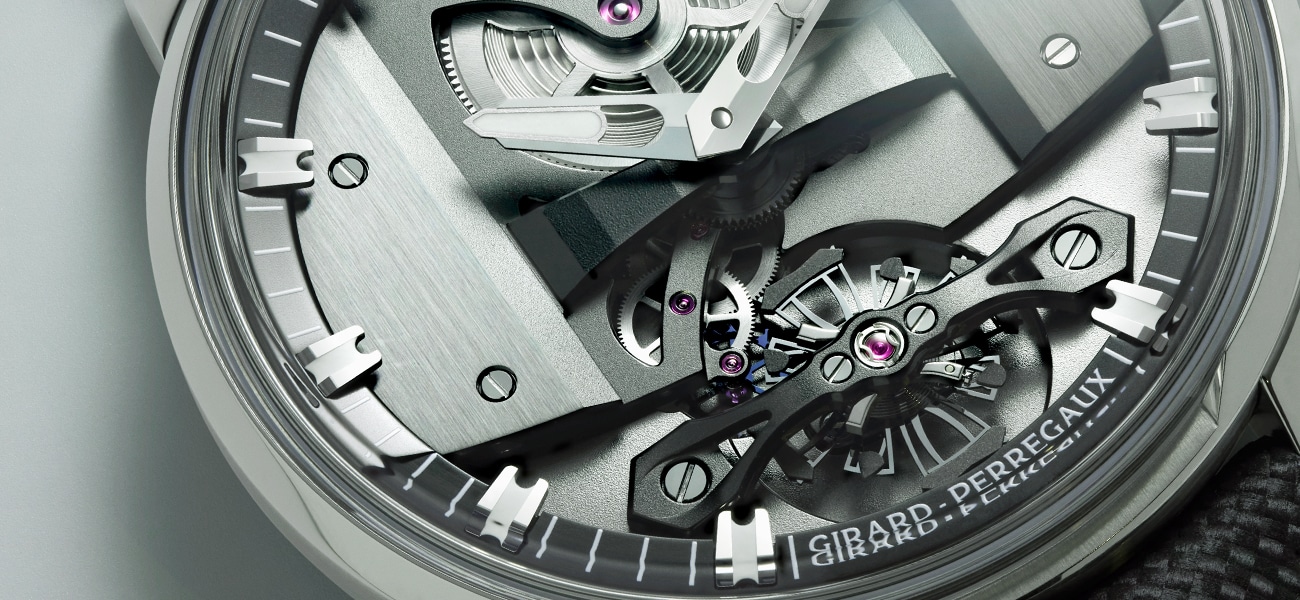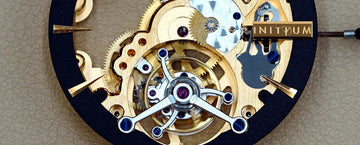Have you ever noticed that a mechanical watch rarely keeps time in exactly the same way? A watch that is freshly wound might tick a little differently than one that is about to stop. For most people, this change is hard to notice. But for those who love how watches work, it's a fascinating look into one of watchmaking's oldest puzzles: isochronism.
What Is Isochronism?

The word "isochronism" comes from a Greek word that means "equal time." In watchmaking, it describes a watch's ability to keep a consistent time. This should happen no matter how much energy is left in its main power spring. In a perfect world, a watch would run at the same speed whether it is fully wound or just has an hour left. In the real world, small differences always appear. These differences are caused by how the watch stores and releases its energy.
The heart of every mechanical watch is the main power spring. It is a thin strip of metal that is wound by the crown or by a rotor. When the spring is fully wound, it stores a lot of energy and pushes with a lot of force. As it unwinds, that force slowly gets weaker. This changing force is the main reason why keeping perfect time is so hard.
The Mainspring and Its Effect on Timekeeping

You can think of the mainspring like a battery that loses its power over time. At full wind, it pushes with great strength, sending steady energy through the watch's gears. At this point, the balance wheel swings with a wide arc. This is the watch's "sweet spot" for accuracy.
But as the spring unwinds and its force gets weaker, the balance wheel's swing gets smaller. This change, though small, can change how the watch's parts work together. It can sometimes make the watch run a little faster or slower than it did when it was fully wound. Even the hairspring, which is designed to make the balance swing back and forth in a perfect rhythm, can show small problems when the power gets low.
A Problem Watchmakers Have Always Faced

Isochronism is not a new worry. Watchmakers have been dealing with it for centuries. Their old solution was both smart and mechanical: the fusee.
A fusee is a cone shaped pulley attached to the mainspring by a chain. When the spring is tightly wound and has the most force, the chain sits on the narrow part of the cone. This gives it less leverage. As the spring loses power, the chain unwinds onto the wider part of the cone. This increases leverage and evens out the weakening force. For hundreds of years, this device helped pocket watches keep a steadier rate.
In modern times, new metal alloys made the need for such parts less important. Metals like Nivaflex give a more even power delivery. Even so, the problem never went away. Instead, watchmakers came up with new ways to make the effects of this problem as small as possible.
How Modern Watchmaking Solves the Issue

The invention of the automatic winding system was a great solution. By winding the watch as you wear it, the mainspring stays in the upper, most stable part of its power curve. As long as you wear the watch daily, it rarely drops into the weaker range where timing problems are most noticeable.
Beyond this, watchmakers have made other improvements. The Breguet overcoil is a special hairspring shape that helps the balance swing more consistently. Some modern movements use two mainsprings to release energy more slowly and evenly over time. Other new materials like silicon are less affected by temperature and other changes. High end watches are also adjusted in many different ways and power states to meet very strict rules for accuracy.
What This Means for You

For watch owners, the effects of isochronism are both interesting and practical. If you have a watch that you wind by hand, it is a good idea to wind it at the same time each day. This keeps the mainspring in its best range. Automatic watches are less likely to have this issue since they are always being wound as you move.
It is also good to know that different brands have different standards. A watch from Rolex might guarantee accuracy within a few seconds a day, while a COSC certified watch must be within a slightly wider range. These numbers show small, natural differences in how a watch runs. A vintage watch with old parts might show even bigger changes.
Conclusion
For watch owners, understanding isochronism can be helpful. If you have a manual-wind watch, winding it at the same time each day keeps it in its best range. Automatic watches are less likely to have this issue since they are always being wound.
Different watch brands have different accuracy standards. For example, a Rolex is typically accurate to within a few seconds a day. These numbers account for the small, natural differences in how a watch runs. The small changes between a full wind and low power aren't flaws, but part of what makes a mechanical watch a living machine.
The Argos Olympus: A Smart Solution for the Modern Watch Lover
For many watch owners, one common concern is the thought of their watch stopping. This is where a power reserve indicator becomes very helpful. It works like a fuel gauge for your watch, showing how much power is left in the mainspring. The Argos Olympus brings this practical feature together with a refined design. Its clear power reserve indicator helps you see whether your watch is in its most stable and accurate range.
Discover Argos Olympus, a watch that combines smart engineering with timeless style.

